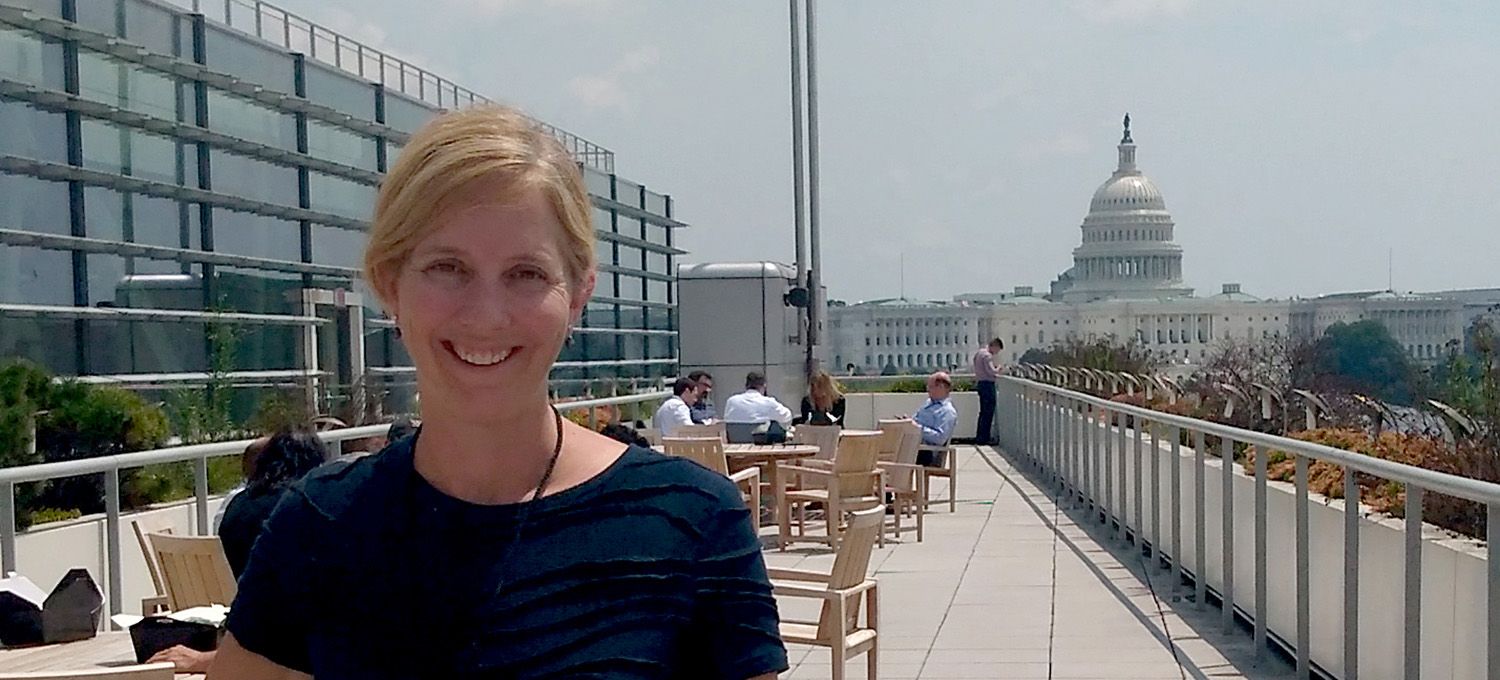Top 3 Tips To Turn Your Newsletter Into a Revenue-Generating Machine (and take back your relationship with your audience/subscribers)
Brought to you by Vubble's new RevLetter Get your data in order What data do

How regulation, Facebook's data, cool tools, media literacy and provenance relate to the fight against media misinformation.

© 2022 Vubble Inc. All Rights Reserved.
Home • Who We Are • Contact Us • Privacy Policy • Cookie Policy